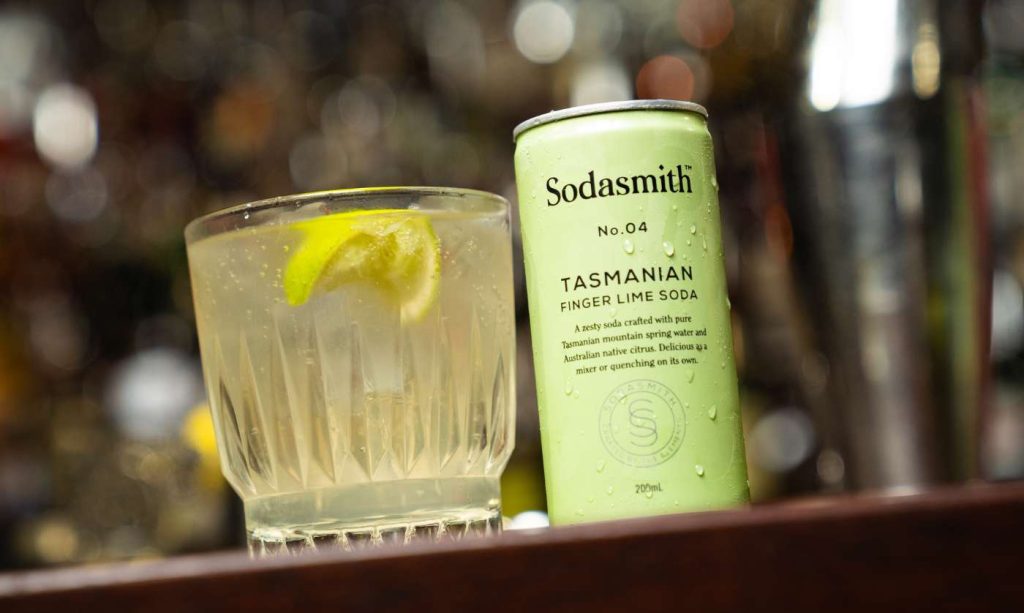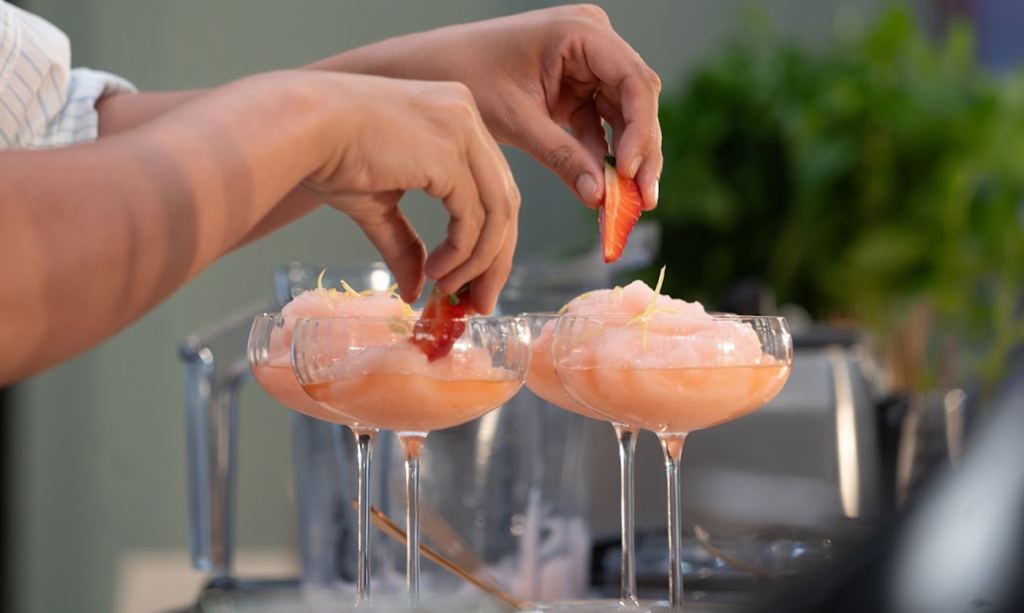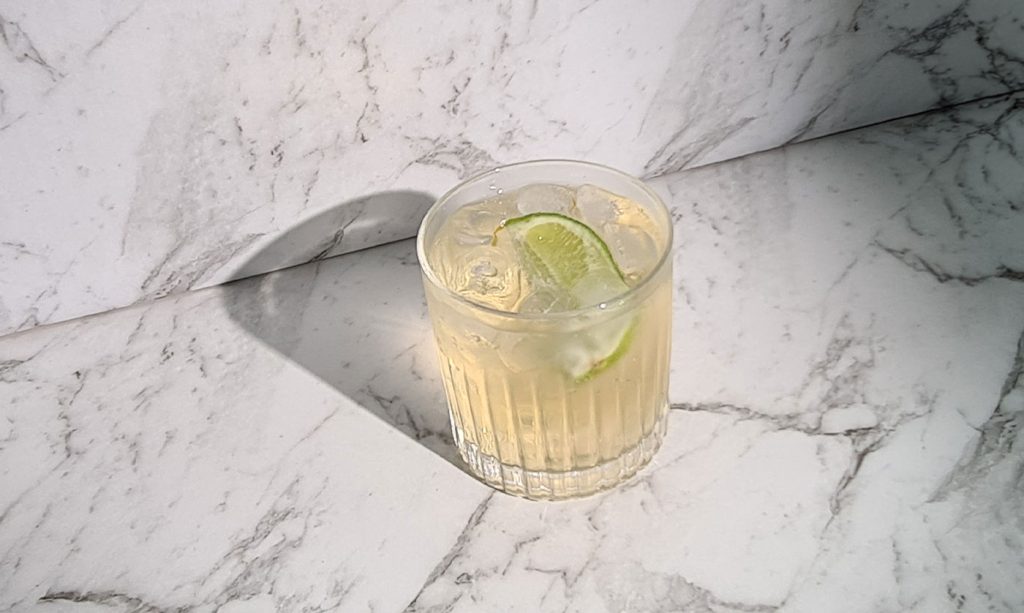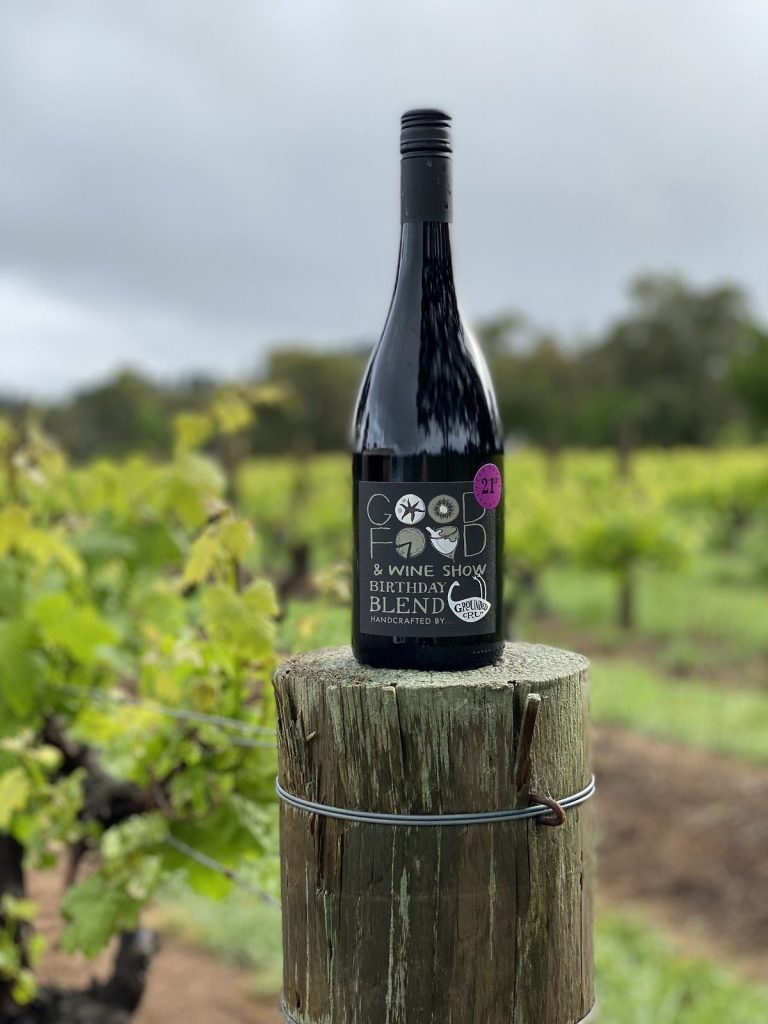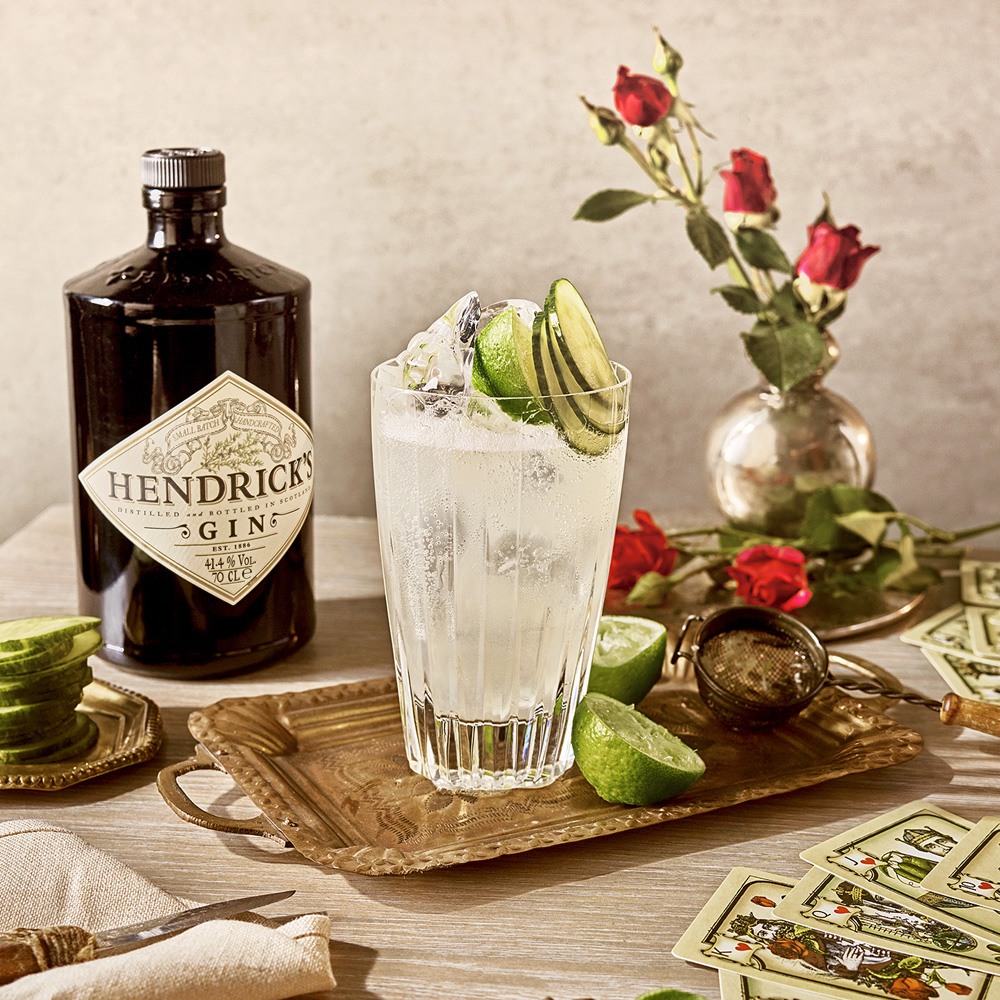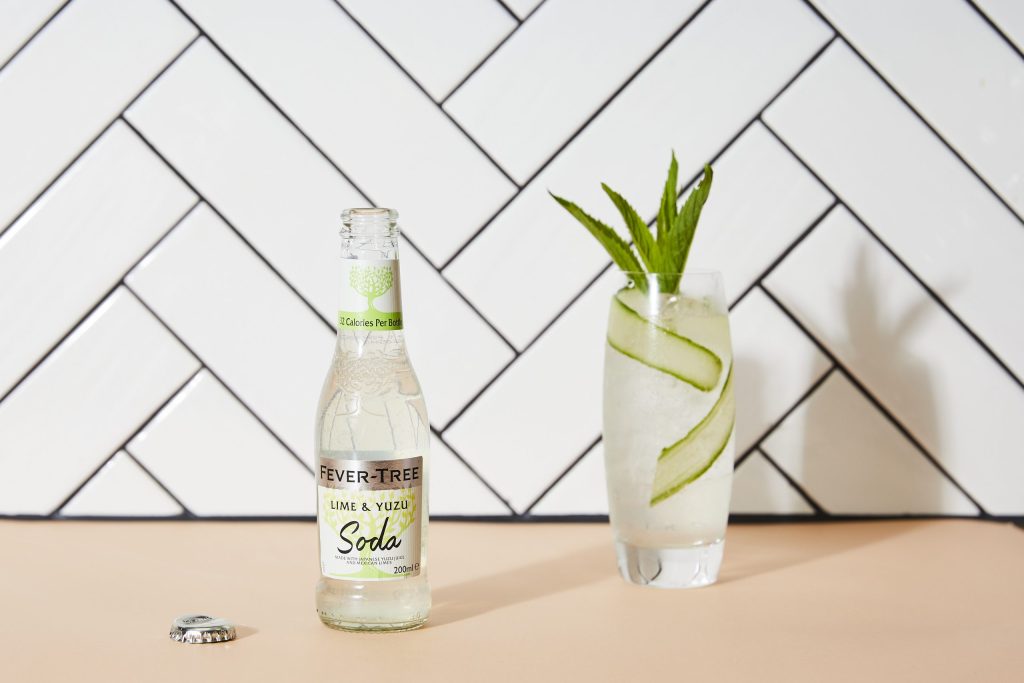Sensational Cider
Published 22 Jan, 2016Sumptuous ciders are such a staple part of the Aussie drinking culture that it’s easy to forget they only came into vogue just a short ten years ago.
Originating in ye olde England in 55BC and popular throughout the UK, France and Spain for centuries, it was only really in 2005 that cider began to go mainstream in Australia.
Cider is an alcoholic beverage made from the fermented juice of apples. Any old variety of apple can be used, but the best results come from cider apples that are incredibly bitter and high in sugar, lending to the perfect balance of acidity, tannins and sweetness. Ciders that are made with pears are in fact not technically ‘ciders’, but ‘perry’.
In the traditional method of making cider, apples are gathered from the orchid and then ground, or ‘scratted’ into a pomace. Next, the pulp built up in layers known as ‘cheeses’ and subjected to increasing degrees of pressure until all the juice, or ‘must’ is squeezed out. This juice is then strained and fermented at low temperatures in order to preserve the delicate aromas.
Just before the fermentation consumes all of the sugar, the liquid is moved into new vats, leaving behind dead yeast and other impurities. The liquid then goes through a final fermentation, which creates a small amount of carbonation. Any escaping carbon dioxide can either be trapped in the bottles to make sparkling cider, or released to create flat cider known as ‘scrumpy’.
Most Australian cider makers follow the English tradition, which ranges in style from dry to sweet, crystal clear to cloudy, flat to sparkling. The cider industry generally divided into artisan producers that use traditional methods of production, and the mass-produced stuff that is often made using juice concentrate, alcohol, water and forced carbonization. In many countries there are actually regulations about the percentage of apple juice that is needed to constitute a cider.
Today, the cider market has expanded to offer different flavours of cider, such as lychee, mango, berry, or even pomegranate. These flavours are generally added as juice during the fermentation process, or as flavour concentrate at the end of the process.
Cider is best enjoyed on a warm summers day splashed into a wine glass with ice and paired with cheese platters and BBQ meats. To add some international flair, try serving cider like the people of Basque by pouring it from a great height into your glass, with the bottle raised high in one hand and the glass held down low with the other. When the weather turns frosty, try heating a ‘scrumpy’ cider with cloves, cinnamon, star anise, and orange juice for a cosy mulled cider.
Top Aussie Ciders
Pipsqueak Cider, Bress Cider, The Hills Cider Company, St Ronans, Harcourt Apple Cider.

